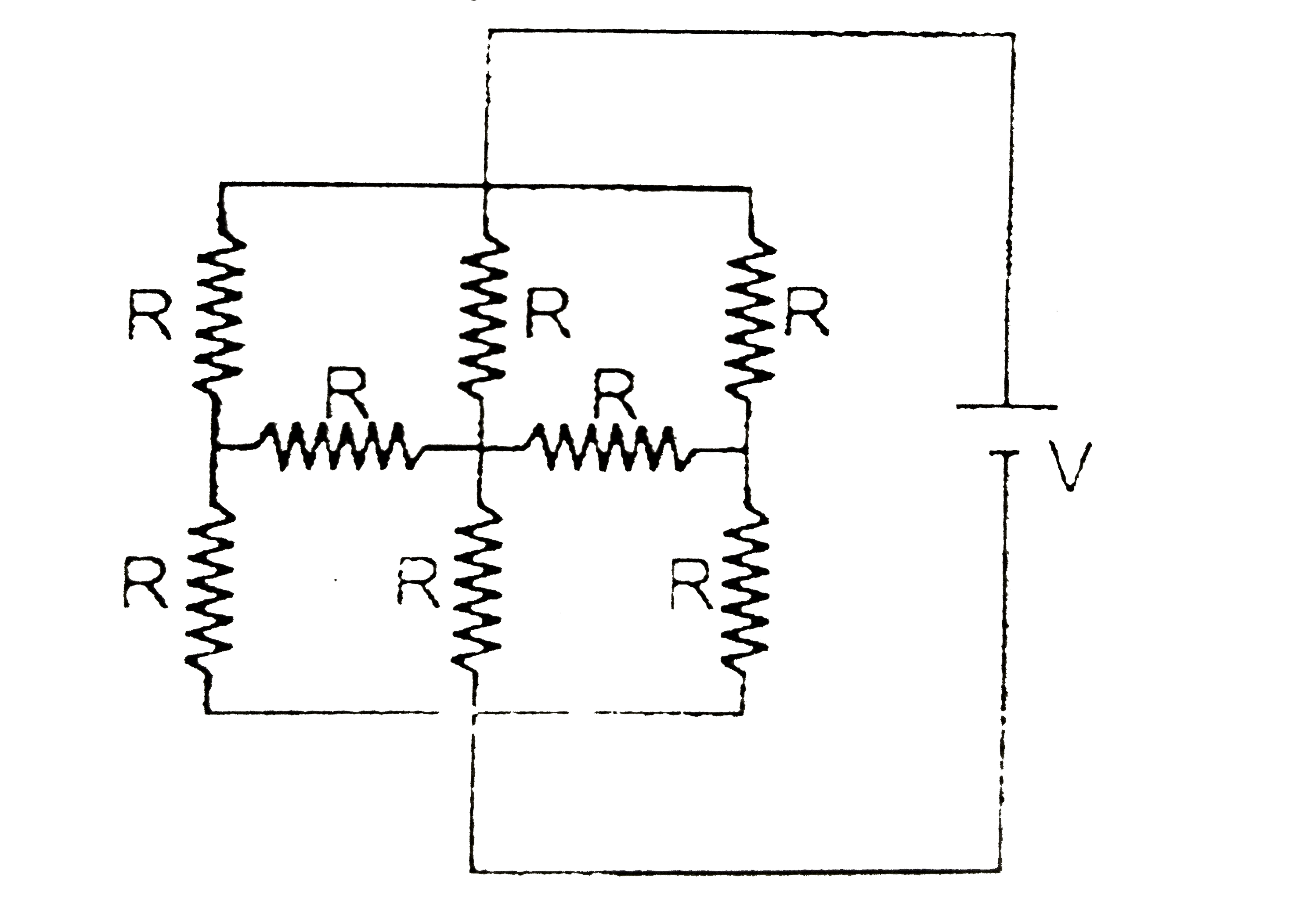
A voltage is a simple circuit that converts a large voltage into a smaller one. The figure above shows a voltage divider that consists of two resistors that together have a total resistance of 294 ohms. To produce the derised voltage of 330 volts, R2 must be 6 ohms less than twice R1. Solving which of the following systems of equations gives the individual resistance for R1andR2?
{R2=2R1−6R1+R2=294
{R2=2R1+6R1+R2=294
{R2=2R1−6R1+R2=294300
{R2=2R1+6R1+R2=294(300)
The correct Answer is:A
Step by step video & image solution for A voltage is a simple circuit that converts a large voltage into a smaller one. The figure above shows a voltage divider that consists of two resistors that together have a total resistance of 294 ohms. To produce the derised voltage of 330 volts, R_(2) must be 6 ohms less than twice R_(1). Solving which of the following systems of equations gives the individual resistance for R_(1) and R_(2)? by Maths experts to help you in doubts & scoring excellent marks in Class 10 exams.
Updated on:21/07/2023Topper's Solved these Questions
Similar Questions
Voltmeters V1 and V2 are connected in series across a D.C. line V1 reads 80 volts and has a per volt resistance of 200ohms, V2 has a total resistance of 32 kilo ohms.
The line voltage is
View SolutionA resistance R1 is connected to a source of constant voltage . On connecting a resistance R2 in series with R1
View SolutionThe circuit shown in figure (1) Contains two diodes each with a forward resistance of 50ohm and with infinite reverse resistance. If the battery voltage is 6V, the current through the 100ohm resistance is.
 .
.
View SolutionIn an a.c. circuit consisting of resistance R and inductance L, the voltage across R is 60 volt and that across L is 80 volt.The total voltage across the combination is
View SolutionThe circuit shown in the figure above consists of eight resistors, each with resistance R, and a battery with terminal voltage V and negligible internal resistance. The current flowing through the battery is n4VR, then n is

View SolutionIn the circuit the rms value of voltage across the capacitor C, inductor L and resister R1 are respectively 5√5V, 10 V and 5V. Then the peak voltage a cross R2 is

View SolutionEach resistor in the following circuit has a resistance of 2MΩ and the capacitors have capacitances of 1μF. The battery voltage is 3V. The voltage across the resistor A in the following circuit in steady state is

View SolutionThe figure shows an infinite circuit formed by the repetiton of the same link , consisting of resistance R1=4.0Ω and R2=3.0Ω . Find the resisance of this circuit between points A and B.
View SolutionPower transfer by a non-ideal cell to an external resistor can be same for two different values. Out of which on value (K1) is less than internal resistance of cell and another (R2) is greater than internal resistance of cell then:
View SolutionA voltmeter connected in series with a resistance R1 to a circuit indicates a voltage V1=198V. When a series resistor R2=2R1 is used, the voltmeter indicates as voltage V2=180V. If the resistance of the voltmeter is RV=900Ω, then the applied voltage across A and B is

View Solution
